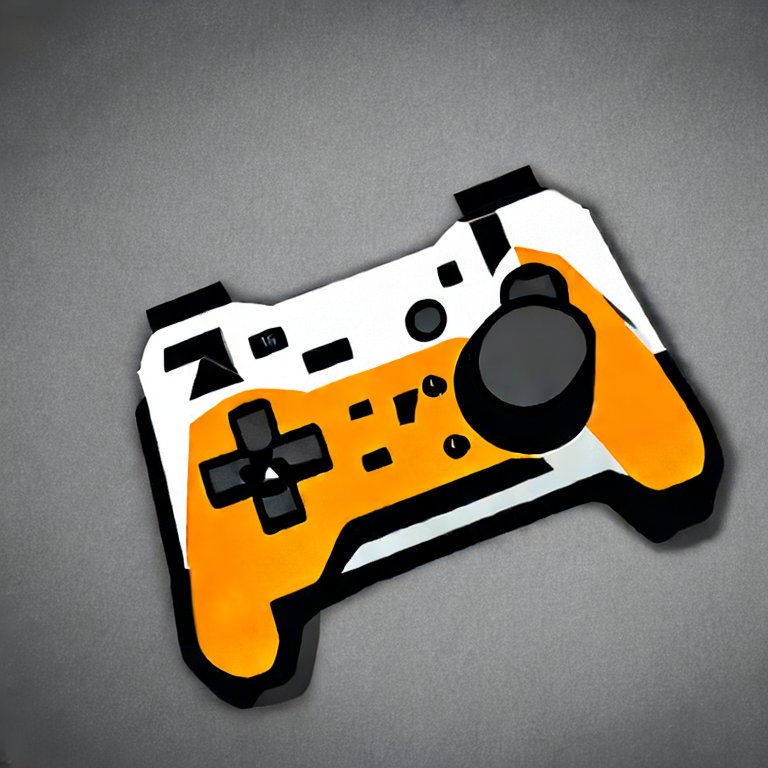- 0 Posts
- 7 Comments
Expedition 33 is a game I finished a couple weeks ago and have continued to be obsessed with since. Not really patientgamers material seeing as it’s pretty recent, but I’m so glad I made an exception for it.
Funnily enough the lyrics for that menu music is basically a plot synopsis that spoils the whole story in poetry, but it’s fine because it’s in a mutated medieval french. A lot of the game’s music is like that, actually.

Did they even have the option not to go nuclear? From the sounds of their blog post, they would have spent the proper amount of time to do what they were being “asked” (threatened) to do, if they were even given time to do so. They said their preferred decision would have been to ask every NSFW dev if they complied with the payment processors they accept, but the time they were expected to implement all that was so short that they couldn’t do that fairly.
A bunch of my friends from college kept telling me I’ve gotta play it, espectially because among them the only other game they all played was R6 Siege. I wasn’t too enthused considering all the discussion I can find of the game says it sucks now. When they eventually got me to play it I found it… ok.
Based on the demographics of those friends, I’d say it’s mostly popular among people who, if you asked them if they were really into games would say yes, but if you asked them for any “hidden gems” they’ve come across would give suggest highly recognizeable non-AAA games like Helldivers 2 or Balatro. Partly because their definition of “really into games” is that they play games that have an esports scene (even if their competitiveness goes only as far as playing in ranked matchmaking).
Sound pretentious for me to put it that way but I find that to be the pattern.

I believe the reason it happened, in short, is that Take2 (the publisher) were really obsessed with the release being a surprise, at the cost of far too much.
For one, this meant that basically every job listing for the game never described what the game you’d even work on was. Most of the devs they got were juniors who:
- were willing to sign more restrictive contracts without the confidence to push back
- did not necessarily know much about the game, or even the genre (supposedly, besides Nate, only 1 dev was an active KSP1 player and another was aware of the game but never really played)
- this game was their first sizeable project
For two, it meant that a lot of management roles were taken up by people from Take2 to enforce the secrecy (who also saw KSP as having franchise potential, but that’s a rant for another day). Few of them intimately understood what makes us dorky nerds enthusiastic about KSP.
This is also part of the reason they avoided talking to the KSP1 devs; they were afraid of some of them even hinting that a sequel was in the works. As to why they continued to not talk to them after announcing the game I’m not sure. Perhaps they were afraid they’d tell the uncomfortable truth that the game was making the same development mistakes as KSP1 and more.
I don’t think this can really be answered until after the fact. Anything that I (and I suspect most) people could say about an artstyle are going to be particular to an instance of that artsyle. If I’d give advice as someone who is neither an artist nor a game designer, what attracts me more than anything is a unique artstyle, which, if I’m gonna give a brutal opinion, starting from a vague category like ‘pixel’, ‘hand drawn’ or ‘3D’ probably won’t get you there.
I feel like I even struggle to answer your question at face value because it doesn’t align well at all with how I conceptualize game art. For example, Cruelty Squad is a game that I don’t think I’d have gotten if not for it’s artsyle. Like, sure, it’s 3D, but it’s a lot more like a PilotRedSun animation than it is a game like TF2. Or take a game like Factorio: most of the assets of that game are pre-rendered 3D sprites, so despite being artisticly unique in a way that interests me it doesn’t fit into the categories you’ve asked about. The best I can say is “I dunno”, and I don’t think anyone else can answer it further than that.


Honestly to me it seems like nothing has actually changed, except the names of the teams behind critically acclaimed games.
Like, your point about being an indie developer being hard is, well, just ask anyone who was making indie games 1, 2, or even 3 decades ago. It’s always been a lottery where 1-3 games a year hit it big and the rest can only barely fund themselves.
Though I do think you have a good point about asking what PP considers AAA. Something I’ve noticed is that there’s a bunch of people who, for whatever reason, see some big AAA release and act like it’s not AAA because it’s the first time they’ve heard of the studio / publisher. BG3 is the most obvious example of this (~400 people from my search). Expedition 33 also outsourced a ton of it’s work so it also gets paraded around as “only 30 devs!”. It’s especially frustrating that people will call these games a “wake up call” for AAA studios as if it’s not a huge risk.
Though I don’t think EA (and from what I’ve seen Ubisoft) dying this slow death is a herald of the industry at large dying. We’re seeng a lot more publishers that try to carve out their own little corner of the industry, such as NewBlood, Iron Gate, Hooded Horse, and as you mention Kepler. They’re funding and releasing plenty of successful titles. I think there’s space for, and already space taken, for various publishers to fill the same position as EA did in it’s prime.
You also seem to take this argument that these megapublishers are a prerequisite to having people with proper gamedev skills? As I see it, that’s either not changing, is effecting nearly every industry in NA & EU, or just not a thing. Valve, for example, when making Half Life, realized their game sucked when they were most of the way through development because they were learning as they went. So they scrapped most of what they built and what they remade is what we know as HL1, and that’s well over 2 decades ago. To my understanding Sandfall did a similar thing with E33 but what I saw on the subject might have been embellished and/or I’m misremembering.